
Kindergartner Yoko not only learns to write her letters and numbers in English, she shows her teacher and fellow students how to write their names using Japanese calligraphy.
Catalog sorted by age group

Kindergartner Yoko not only learns to write her letters and numbers in English, she shows her teacher and fellow students how to write their names using Japanese calligraphy.

Jangmi finds it hard to say goodbye to relatives and friends, plus the food, customs, and beautiful things of her home in Korea, when her family moves to America.
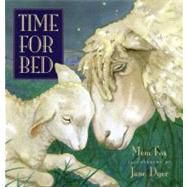
As darkness falls parents everywhere try to get their children ready for sleep.
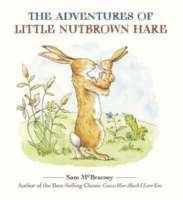
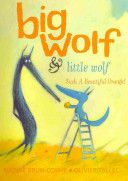
This is the third and last book in the Big Wolf series. Once again Olivier Tallec’s illustrations, which are bold in perspective and full of feeling, deepen the story. Departing from the previous two books, this story takes place in a city, albeit one with a park and a tree on a hill.Big Wolf and Little Wolf have gone on an adventure. Little Wolf sees an orange and goes after it, but he doesn’t return. Big Wolf plunges into the urban jungle in search of Little Wolf. He finds the orange, but not his friend. Fear and loneliness overtake him, but he perseveres. Finally, he comes into a clearing of light, where he finds Little Wolf near where he lost him. Big Wolf has gone full circle and, as these things go, everything has changed. Big Wolf has undertaken an interior journey, gone through the metaphorical forest, and come out fuller and richer and more himself. This is a deep story about true friendship and how it helps to make us who we are.Nadine Brun-Cosme is the author of over twenty juvenile novels and picture books. She lives in France. Her book Big Wolf and Little Wolf is a 2010 Batchelder Honor book.Olivier Tallec was born in Brittany, France, in 1970. After graduating from the Ecole Supérieure d’Art Graphic in Paris, he worked in advertising as a graphic designer, after which he devoted himself to illustration. Since then he has illustrated more than sixty books, seven of which have been published by Enchanted Lion Books.

Illustrations and brief text portray the events of the 1963 march in Washington, D.C., where the Reverend Martin Luther King, Jr. delivered a historic speech.
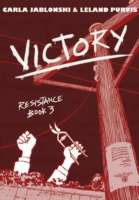
In 1944, as Allied forces move to retake France from its Nazi invaders, the Tessier siblings risk their lives once more and journey to Paris, where they are to deliver top-secret intelligence to Resistance workers.

In a stirring chronicle, Doreen Rappaport brings to light the courage of countless Jews who organized to sabotage the Nazis and help other Jews during the Holocaust.
Under the noses of the military, Georges Loinger smuggles thousands of children out of occupied France into Switzerland. In Belgium, three resisters ambush a train, allowing scores of Jews to flee from the cattle cars. In Poland, four brothers lead more than 1,200 ghetto refugees into the forest to build a guerilla force and self-sufficient village. And twelve-year-old Motele Shlayan entertains German officers with his violin moments before setting off a bomb. Through twenty-one meticulously researched accounts — some chronicled in book form for the first time — Doreen Rappaport illuminates the defiance of tens of thousands of Jews across eleven Nazi-occupied countries during World War II. In answer to the genocidal madness that was Hitler’s Holocaust, the only response they could abide was resistance, and their greatest weapons were courage, ingenuity, the will to survive, and the resolve to save others or to die trying.
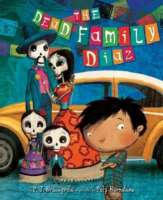
Angelito Diaz is afraid of walking among the Living on the Day of the Dead, especially with his older sister, Estrellita, teasing him, but once in the Land of the Living, he quickly makes a new friend.
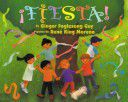
Horns, airplanes, and tops. Whistles, gum, and rings. What should the children choose? And what will they do with all the things they buy? Open this book to find out and to count with them — in English and in Spanish. It’s easy! Trompetas, aviones y trompos. Silbatos, chicles y anillos. ¿QuÉ deben escoger los niÑos? ¿Y quÉ harÁn con todas las cosas que compran? Abra este libro para averiguarlo, y para contar con ellos — en inglÉs y en espanol. Es fÁcil.